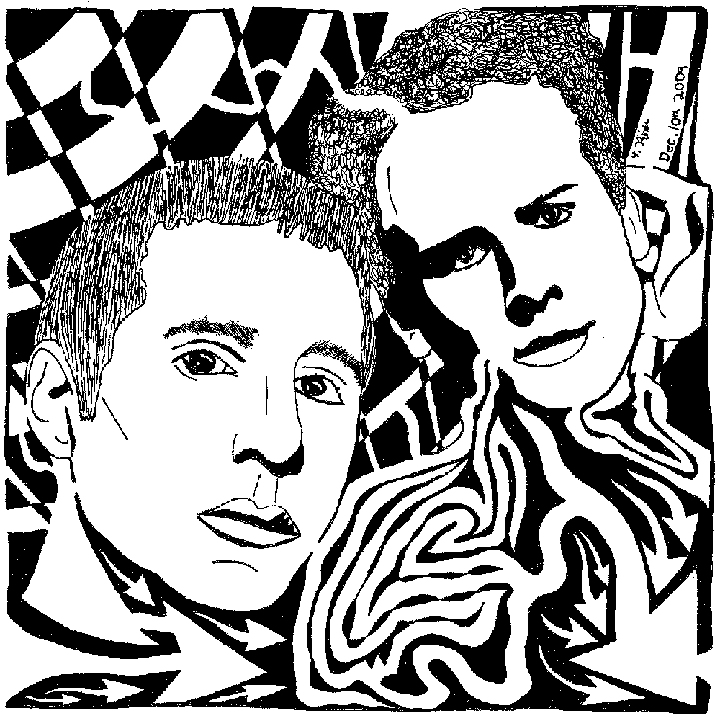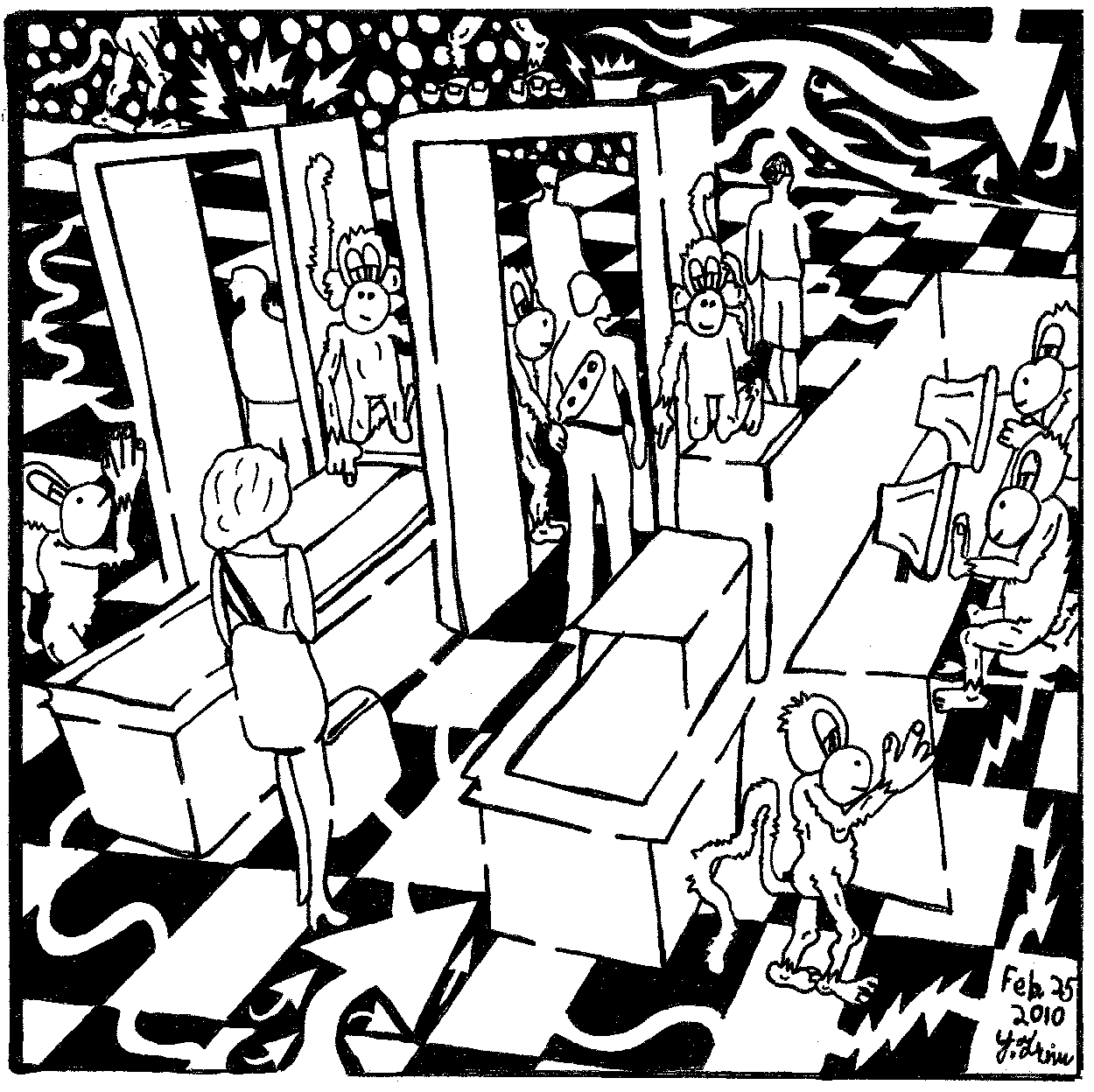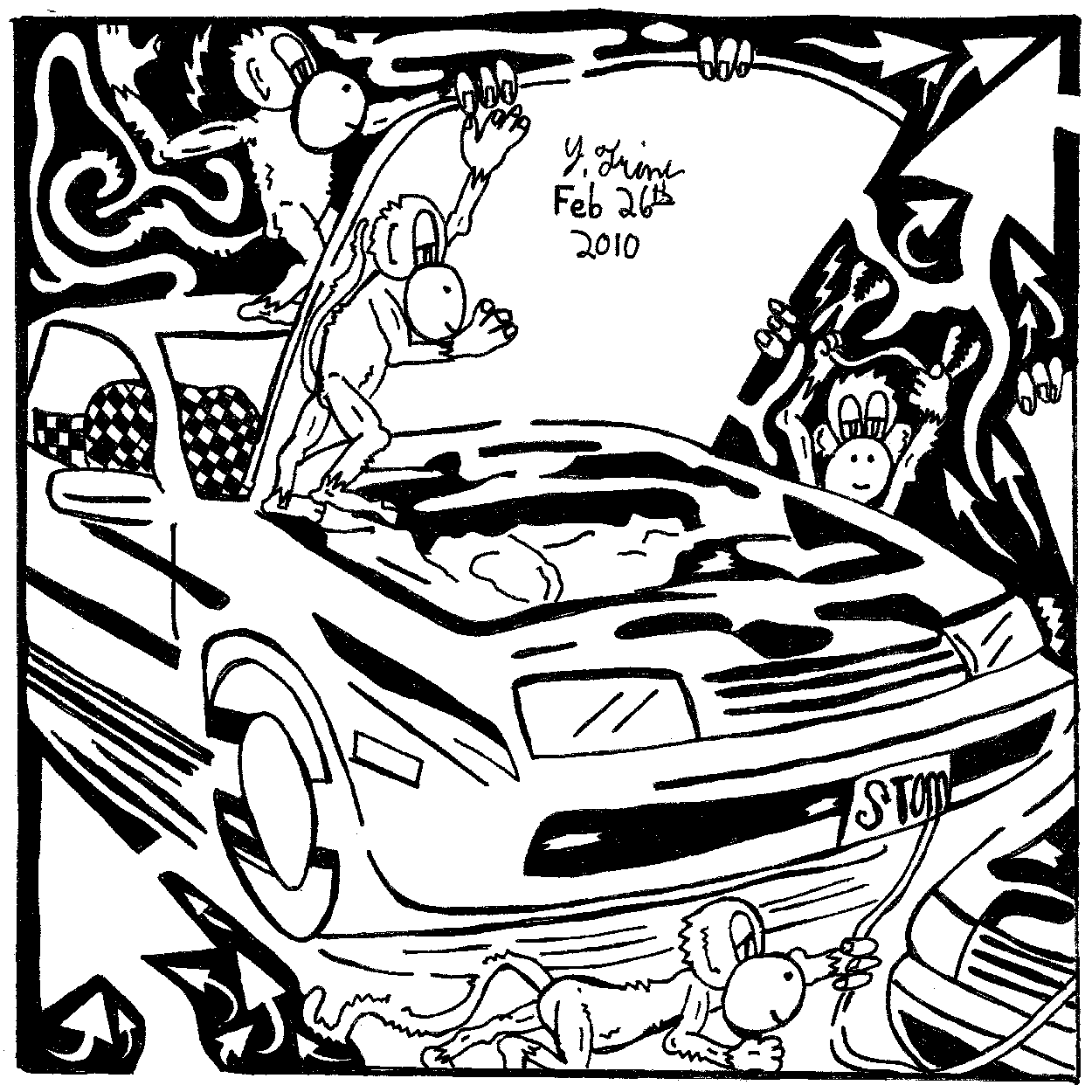
Revealed in DNA study: King Tut's family tree
King Tut, the best-known pharaoh of ancient Egypt, has been puzzling scientists ever since his mummy- and treasure-packed tomb were discovered in 1922 the Valley of the Kings by British archaeologist Howard Carter.
Only a few facts about his life are known.
While he lived in Amarna, his name was Tutankhaton ("honoring Aton" -- the sun god).
When he ascended the throne in 1333 B.C., at the age of nine, and moved to Thebes, he changed his name to Tutankamun ("honoring Amun" -- a traditional cult).
He married 13-year-old Ankhesenpaaten, the daughter of Akhenaten and Nefertiti, on his accession to the throne and reigned until his death in 1325 B.C., aged 19.
He was a pharaoh of the 18th Dynasty, probably the greatest of the Egyptian royal families.
He has been believed to be either the son of the minor king Smenkhkare or the offspring of Amenhotep III, the father of the "heretic" pharaoh Akhenaten (1353-1336 B.C.)
Another leading theory suggested that King Tut was sired by Akhenaten, the revolutionary pharoah who established the capital of his kingdom in Amarna, introducing a monotheistic religion that overthrew the pantheon of the gods to worship the sun god Aton.
Doubts also remain about King Tut's mother. Scholars have long debated whether he is the son of Kiya, Akhenaten's minor wife, or Queen Nefertiti, Akhenaten's other wife.
Evidence that Tutankhamun was the child of Akhenaten has come from an inscribed limestone block pieced together by Hawass in December 2008.
The block shows the young Tutankhamun and his wife, Ankhesenamun, seated together. The text identifies Tutankhamun as the "king's son of his body, Tutankhaten," and his wife as the "king's daughter of his body, Ankhesenaten.”
According to Hawass, "the only king to whom the text could refer as the father of both children is Akhenaten."
Egyptologists also debated whether two fetuses found in his tomb were the stillborn children of King Tut and his wife Ankhesenpaaten, who had changed her name to Ankhesenamun, or if they were placed in the tomb with the symbolic purpose of allowing the boy king to live as newborns in the afterlife.
A series of X-rays taken by British scientist Ronald Harrison in 1968 revealed a bone fragment in his skull, prompting speculation that a blow to the head killed the boy pharaoh.
In 2005 the mummy underwent a series of CT scans, which revealed that the fragments were not broken because of an injury incurred before death, but during the embalming process.
It also ruled out that the boy pharaoh crushed his chest when falling from his chariot, as suggested by American Egyptologist Denis Forbes.
While establishing that the boy king was about 1.70 metres (4 feet, 9 inches) tall, the CT scan showed that the king had a small cleft in his hard palette, the lower teeth slightly misaligned, and the overbite characteristic of other kings of from his family.
It rejected the diagnosis of an abnormal curvature of the spine and fusion of the upper vertebrae, which would have indicated King Tut suffered from a rare disorder called Klippel-Feil syndrome, a condition often associated with scoliosis which makes sufferers look as if they have a short neck.
The most important anomaly was a fracture of the left lower femur (thighbone). Some members of the team who examined the 17,000 images of the CT scan, suggested that King Tut suffered an accident in which he broke his leg badly, leaving an open wound, with infection setting in.
Other members of the team believed it was also possible that the fracture was caused by the embalmers.
In 2007, a black, leathery, shriveled and cracked King Tut emerged with a toothy smile from his sarcophagus, showing his face to the world for the first time.
The rest of the body, which despite restoration work carried out over the past two years resembles a badly burnt skeleton, remain covered with beige linen.
Other Puzzles:
Simon and Garfunkel Maze

For more mazes like this one, check out:
Team of Monkeys . com - Maze Cartoons
Ink Blot Mazes : Maze Art








